A Lion survey found that 56% of homemakers in Japan perceive the skin on their hands to be rough or irritated. Of these, 78% said that they specifically find their hands to be dry and rough “after hands dry off following dishwashing.”
After detergency, being gentle on the skin was the most common criterion cited for selecting dishwashing detergents. However, Lion’s research found that consumers rarely felt that any detergent satisfied both criteria; typical comments were along the lines of “The detergency of gentle detergents seems weak” and “It doesn’t really feel noticeably gentle on my skin.”
To solve this problem, Lion developed CHARMY Awa no Chikara (Power of Suds) Hand Premium, a new dishwashing detergent that thoroughly cleans dishes while retaining skin moisture to help consumers clearly feel its gentleness on the skin.
The skin’s moisture content is closely related to the horny layer (stratum lucidum), the outermost layer of the skin. The horny layer consists of layers of corneocytes and intercellular lipids that fill the spaces between them. The corneocytes contain natural moisturizing factor (NMF), which provides a strong moisture-retaining effect.
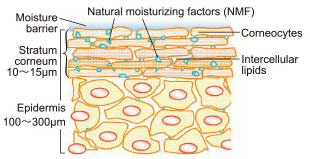
During dishwashing, contact with external stimuli, such as water and detergent, washes away the sebum coating the outer surface of the skin and the intercellular lipids. Without these protections, NMF can then be dissolved away. We compared skin before and after contact with a solution of dishwashing detergent in a typical use concentration (5%) and found that after this contact, the skin’s moisture content had decreased by about 30%, confirming that contact with dishwashing liquid is one cause of rough, dry skin after washing dishes.

Seeking to help the skin’s surface retain moisture, we screened various moisturizers. This led us to sodium lactate, a component of NMF that possesses a high water-retention capability.
Furthermore, we found that using alkyl amine oxide (AAO) alongside sodium lactate improved the adsorption of sodium lactate onto the skin.
Measuring skin moisture after using a dishwashing detergent formulated with AAO and sodium lactate and a detergent without these ingredients, we found that the formula with AAO and sodium lactate reduced moisture loss after washing. We also tested the effect on users’ perceptions of the state of the skin on their hands after washing dishes. Compared to a dishwashing detergent without sodium lactate, users reported that the dishwashing detergent formulated with sodium lactate left the skin of their hands feeling more moisturized.

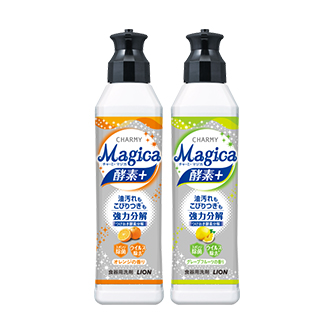
Development of CHARMY Magica Enzyme+ (“Plus”), a dishwashing detergent that uses a proprietary blend of enzymes to break down stubborn oily grime
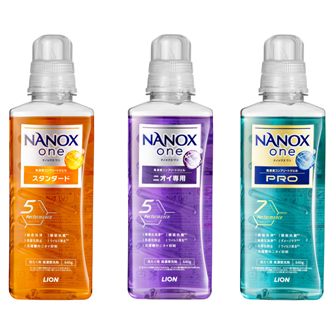
Development of Cleaning Technologies (Detergency, Deodorizing Power, Protection from Yellowing) for NANOX one
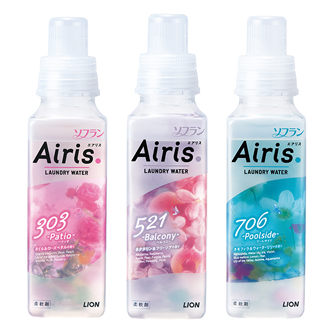
SOFLAN Airis Fabric Softener, Providing a Smooth, Non-Clingy Feel When Wet, Such As After Sweating
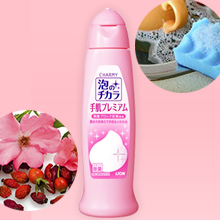
Dishwashing Detergent Developed with a Focus on Skin Moisture:CHARMY Awa no Chikara (Power of Suds) Hand Premium

Heyaboshi (Hang-to-Dry Indoors) TOP—Prevents Odors Even During Laundry Use
Related Information